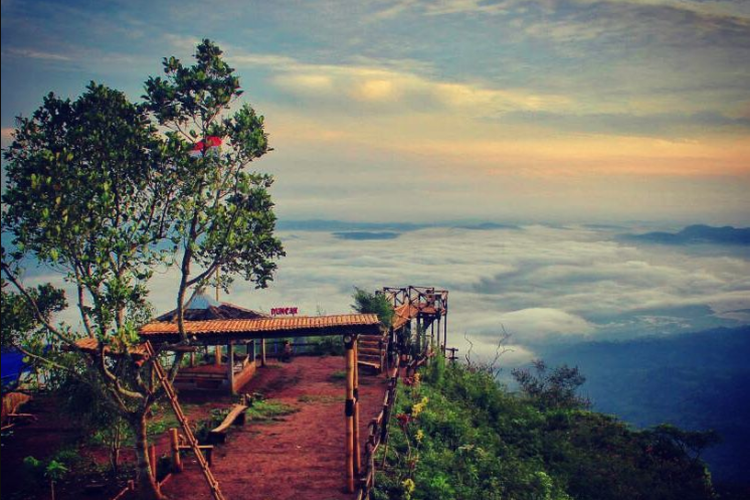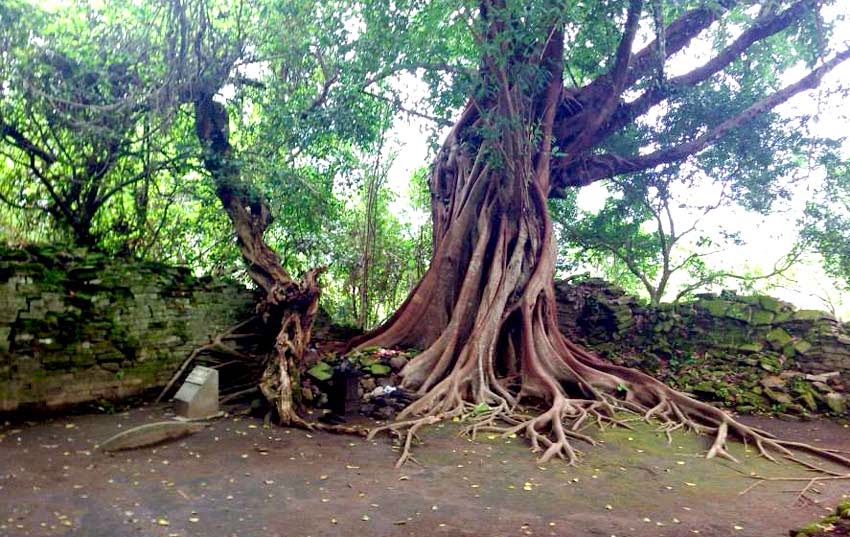

Bouncing, rolling and sliding are dominant in a transportational middle slope. In the transportational middle slope, velocity starts to decrease during the contact between boulder and surface. Velocity increases significantly in the fall face and reaches a maximum in the transportational middle slope. A fall face represents the Gunung Kelir escarpment, which is dominated by slope > 60 ◦ and falling processes. A big boulder, which eventually falls, could be part of a convex creep slope and part of a fall face.

Consid- ering that its position is adjacent to a fall face, convex creep slopes and the upper part of fall face are the most likely rockfall sources. Convex creep slopes represent a potential rockfall source. A modified 9-slope model was used to represent conceptual entities of rockfall deposition in each slope segment. The final classification of landform elements should represent an appropriate semantic description related to rockfall processes. Prior to data analysis, a fundamental decision should be made in relation to the number of landform class and the selection of morphometric variables to be used. 2a), but do not influence much the final classification of landform elements. Both errors influence the plausibility of slope (Fig. The remaining padi terraces mostly occur in the transportational middle slope and the flat- tening phenomenon mostly occurs in the interfluves. In addition, “flattening” topography can also be found on slopes of less than 2 %. The result of DTM preprocessing shows that padi terraces still exist where the sampling points of elevation data are unavailable. of contour mapping is needed to obtain a plausible geomorphological feature.

The methodology introduced in this paper has possibility to be used for preliminary rockfall risk analyses it reveals that the potential high risk is located in the transportational middle slope and colluvial foot slope. Different values of the scaling exponents in each landform reflect that geomorphometry influences the volume statistics of rockfall. It shows negative power laws with exponents 0.58, 0.73, 0.68, and 0.64 for fall face, transportational middle slope, colluvial foot slope and lower slope, respectively. Cumulative probability density was adopted to estimate the probability density of rockfall volume in four generic landforms, i.e., fall face, transportational middle slope, colluvial foot slope and lower slope. We draped the generic landforms over DTMs and derived a power-law statistical relationship between the volume of the rockfall deposits and number of events associated with different landforms. Unsupervised fuzzy means was applied to classify the generic landforms into seven classes: interfluve, convex creep slope, fall face, transportational middle slope, colluvial foot slope, lower slope and channel bed. Several data layers produced solely from DTMs were slope, plan curvature, stream power index, and shape complexity index whereas layers produced from DTMs and rockfall modeling were velocity and energy.

Digital terrain models (DTMs) and a geomorphological inventory of rockfall deposits were the basis of landform classification analysis. This paper presents an automated landform classification in a rockfall-prone area.


 0 kommentar(er)
0 kommentar(er)
